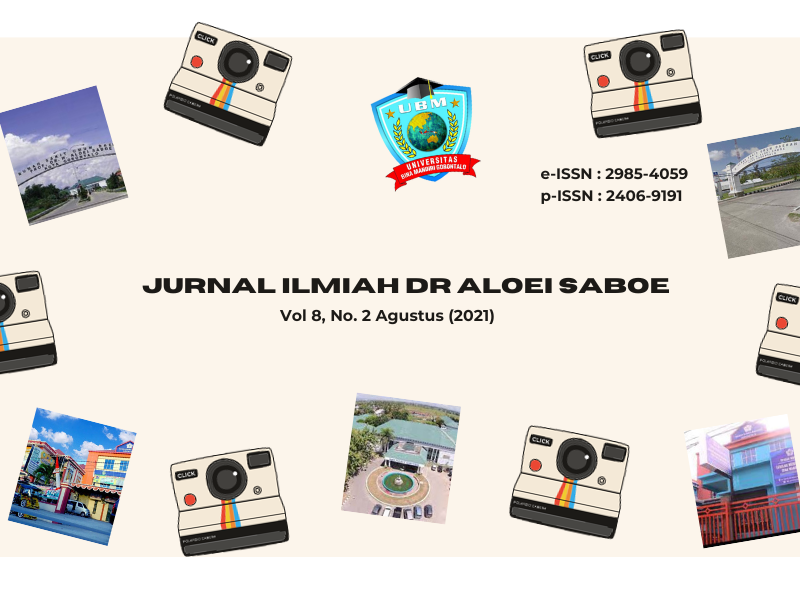COMPARISON OF EXAMINATION OF URINE PROTEIN USING REGULAR HEATING METHODS AND 6% ACETIC ACID HEATING METHODS IN TRIMESTER III PREGNANT WOMEN IN PUSKESMAS KABILA DISTRICT BONE BOLANGO
Abstrak
A clinical laboratory is a means of measuring, determining and testing samples from humans that are used to determine the type of disease. Every examination, each stage has errors that can affect the results of the examination. The error in the pre-analytic stage reached 68%, 25% in the analytic stage, while in the post-analytic stage the error was approximately 14%. Proteinuria is a prerequisite for the diagnosis of preeclampsia. This research aims toknow the comparison of urine protein examination using the usual heating method with the heating method of 6% acetic acid in pregnant women in the third trimester at Kabila District Health Center. Bone Bolango.
This type of research uses comparative analytical research, which is to compare the similarities and differences between two or more properties and facts of the object under study based on a certain frame of mind.The number of samples in this study were 14 people from a total population of 14 people with a total sampling technique. The data analysis used was univariate analysis and bivariate analysis using the Wilcoxon test.
From the results of this study, it can be concluded that the ordinary heating method has positive results + (+1) of 1 person with a presentation of 7.1% and the heating method of 6% acetic acid does not find any positive results. Wilcoxon test results show insignificant value 0.317> 0.05 this is because the sample size in this study does not meet the test requirements so that it affects the test results. It is hoped that pregnant women will carry out control in order to know as early as possible the diseases that will arise.












